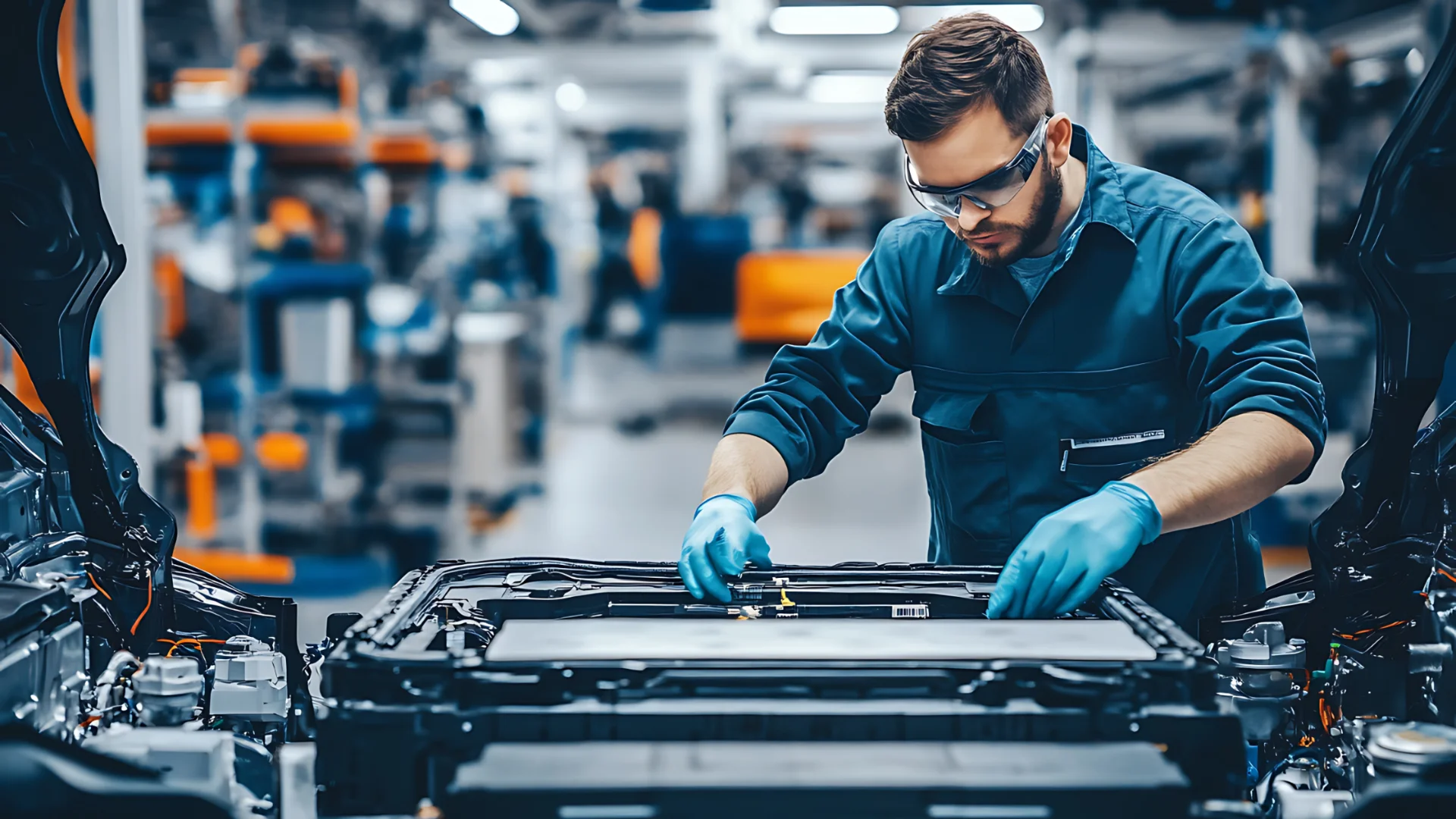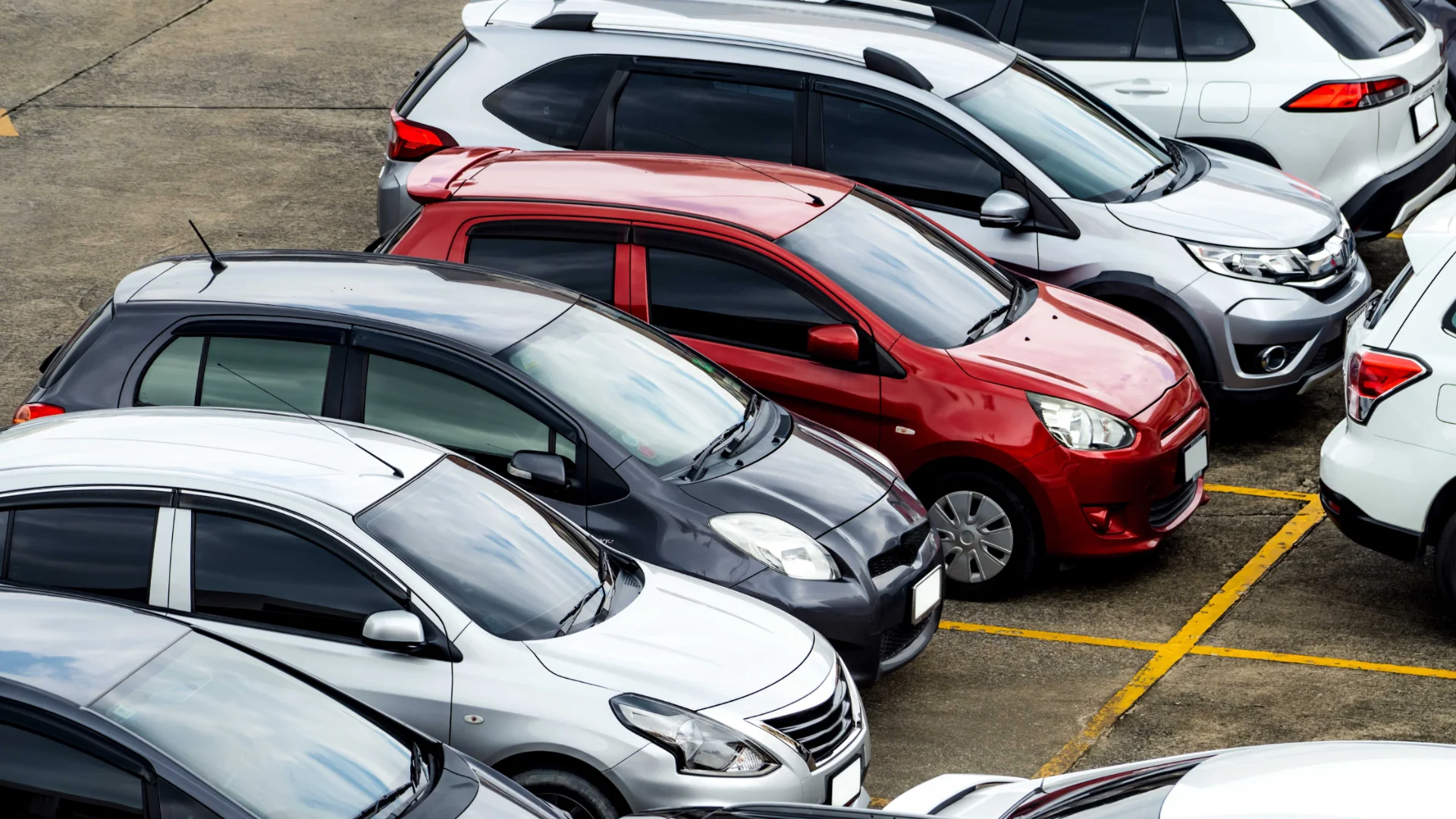
How Digital Marketplaces Can Drive Buyer Trust with AI Images
Table of Contents
How Digital Marketplaces Can Drive Buyer Trust with Consistent AI Images
Introduction: Trust is the Real Currency
Buying a car online is no small decision. We’re not talking about ordering a pair of shoes that can be returned with free shipping. This is one of the most expensive and emotionally loaded purchases people make in their lives. And unlike in a dealership showroom, online buyers don’t get to sit in the driver’s seat, smell the interior, or hear the engine hum before committing.
In this setting, trust is everything. But here’s the challenge: trust in digital marketplaces is fragile. It takes only a single misleading photo or inconsistent presentation for a buyer to doubt the entire platform. That’s where AI-powered image editing steps in as a quiet but powerful game-changer.
According to Car Studio AI’s analysis on marketplace listing strategies, consistent, polished, and professional-looking images don’t just make cars look good they directly influence click-through rates, engagement, and ultimately conversions. In other words: good images don’t just sell cars, they sell trust.
Why Images Rule Online Car Sales
The Psychology of Visual Appeal
The human brain processes visuals faster than text. When browsing cars online, buyers aren’t scanning spec sheets first they’re looking at the photos. A bright, sharp, and professional photo suggests the seller cares about details, while a dark, blurry one triggers hesitation.
And unlike other e-commerce categories, cars are high-consideration products. A photo has to do double duty: attract attention and provide reassurance. As noted in Car Studio AI’s blog on platform strategies, buyers expect uniformity. If one listing looks like it was shot in a showroom and another looks like it was taken in someone’s driveway, trust takes a hit.
First Impressions Matter More Than Ever
Imagine scrolling through a used-car marketplace. Listing A has bright, evenly lit images with a clean background. Listing B has dark, uneven lighting, a cluttered parking lot in the background, and mismatched photo sizes. Without even reading a word of text, you’ve already decided Listing A is worth your time.
That split-second decision illustrates why marketplaces are investing in consistent image standards. As one of Car Studio AI’s reports points out, even private sellers face this hurdle as explored in Sell Car Privately or Online Platform, individuals who list cars online often struggle to compete with professional dealers, not because of pricing alone but because their images lack the polish buyers expect.
The Buyer’s Trust Equation
Building Confidence with Accuracy
A car photo isn’t just about looks; it’s about setting expectations. If the buyer sees every detail from the stitching on the seats to the shine of the paintwork they feel reassured. It’s the digital equivalent of walking around the car in person.

Reducing Risk of Disputes
When photos are inconsistent, buyers feel like they’re gambling. They start worrying: Will the car really look like this when delivered? AI solves this by standardizing the process so that every car is presented in the same clear, neutral way. As highlighted in Car Studio AI’s research, this directly reduces disputes, returns, and refund requests.
AI as the Invisible Photographer
Here’s the beauty of AI: it doesn’t need a fancy studio, expensive lights, or hours of manual editing. It works behind the scenes, making every car photo look as if it came from the same professional studio.
AI tools like those from Car Studio AI can:
Imagine scrolling through a marketplace where every car, from a modest compact to a high-end SUV, looks like it was photographed in the same perfect environment. That’s the kind of brand consistency that builds subconscious trust.
Beyond Looks: Tangible Business Benefits
Lower Costs
Traditional automotive photography is expensive. Professional photographers, studios, equipment they all add up. AI offers near-studio quality at a fraction of the cost, making it accessible to small dealerships as well as large platforms.
Faster Time-to-Listing
Every hour a car sits unlisted is lost revenue potential. With AI, photos can be uploaded, edited, and published in minutes rather than days. As explained in Platform Strategies for AI Car Photos, speed is not just an operational benefit; it directly affects how quickly a platform can respond to market demand.
Reduced Disputes
Better photos = fewer surprises = fewer unhappy customers. This is as true for major platforms as it is for private sellers.
The Challenges Without AI

Let’s be real: not every seller has a professional camera or studio. Many don’t even have the time. Without AI, dealers and private sellers face three major obstacles:
AI solves all three in one stroke: cheap, fast, and accessible.
How AI Transforms Automotive Listings
Streamlined Workflow
From car acquisition to live listing, the process is dramatically shorter. No need to wait for a photo session. Upload raw photos, let AI process them, and publish.
Standardization Across Listings
AI doesn’t “forget” to balance exposure or straighten the frame. Every image matches predefined standards. This creates a uniform shopping experience one of the key findings in AI-Enhanced Photos: Reshaping Marketplace Listing Strategies.
Accessibility and Scalability
AI democratizes quality. A small local dealer can now compete visually with a national platform. And as volumes scale, AI doesn’t break a sweat.
Looking Ahead: The Future of Automotive Marketplaces
The story doesn’t stop with background removal and color correction. Marketplaces are already experimenting with:
As digital sales accelerate, platforms that fail to embrace AI risk being left behind. Consistency isn’t a “nice-to-have” anymore it’s the foundation of credibility.

Conclusion: Trust, Transformed by AI
If trust is the currency of online car sales, then consistent, AI-enhanced images are the mint that prints it.
AI doesn’t replace the human eye or the excitement of test-driving a car, but it does bridge the gap between digital browsing and real-world buying. Platforms that adopt these tools not only boost sales they also earn something far more valuable: long-term buyer loyalty.
Want to see what that looks like in practice? Explore Car Studio AI’s solutions and start transforming your marketplace listings into trust-building assets.
FAQ
What is AI-powered image editing?
AI-powered image editing is the use of machine learning algorithms to automatically enhance and standardize photos. Unlike traditional editing, which often requires specialized software and a skilled human editor, AI handles these tasks in seconds. It can balance brightness so the car looks evenly lit, adjust contrast to bring out details, sharpen edges to avoid that blurry smartphone look, and remove messy backgrounds that distract from the vehicle itself.
For example, a dealer might upload a photo taken in a crowded lot on a cloudy day. The AI can clean the background, brighten the lighting, and even standardize the angle to match other listings all without human intervention. This means even if photos are captured in less-than-ideal conditions, the final result looks polished and professional. In the context of digital marketplaces, this consistency creates the perception of credibility and quality across hundreds or thousands of listings.
How does AI ensure consistency in car photos?
Consistency is one of AI’s strongest benefits. Instead of relying on different photographers, varying equipment, or unpredictable environments, AI applies the same set of rules to every single photo. These rules are not random they’re based on massive datasets of car images that have been “taught” to the system as the gold standard.
Think about it: one seller might take photos on a rainy day with a smartphone, while another uses a DSLR camera in direct sunlight. Normally, those two sets of photos would look completely different, creating a fragmented buyer experience. But with AI, both images can be processed to have the same lighting balance, color accuracy, and framing. The result? A marketplace where every listing feels like part of a curated, professional brand.
Buyers subconsciously interpret this uniformity as a sign of reliability. Instead of questioning whether one seller is trustworthy, they begin to trust the entire platform. That’s why many large automotive platforms are adopting AI at scale because brand trust is built not on one image, but on the consistency across all images.
Can AI replace professional photographers?
Not completely and that’s an important distinction. AI excels at scale, speed, and consistency, but it doesn’t replace the creative artistry of a human photographer. Professional photographers know how to capture emotion, mood, and narrative things that algorithms can’t fully replicate. For high-end campaigns, luxury branding, or editorial-style shoots, human photographers are irreplaceable.
However, for day-to-day listings where speed and uniformity matter more than artistic flair AI is often the smarter choice. A small dealership managing dozens of new vehicles each month doesn’t have the budget or time to book studio shoots for every car. AI levels the playing field, delivering results that are “good enough” (and often indistinguishable from professional work) at a fraction of the cost and turnaround time.
Think of it this way: AI doesn’t eliminate the role of photographers. It frees them from repetitive, manual tasks like cutting out backgrounds or fixing shadows so they can focus on creative projects where their expertise truly shines.
Is AI cost-effective for small dealerships?
Yes in fact, small dealerships stand to gain the most from AI adoption. Professional photography is often financially out of reach for independent sellers or smaller platforms. Renting a studio, buying specialized lighting equipment, and paying per-car photo shoots can quickly cut into profit margins. AI removes these barriers.
Imagine a small dealership with 50 cars in inventory. Traditionally, photographing and editing that stock might cost thousands of dollars. With AI-powered editing, the dealer can simply snap photos with a smartphone, upload them, and receive studio-quality results instantly. Not only does this save money, it also accelerates the time-to-market, meaning cars are listed and sold faster.
This cost efficiency isn’t just about dollars saved; it’s about competitiveness. Smaller dealerships can now visually compete with larger franchises or national marketplaces, presenting their cars with the same professional polish. That democratization of visual quality makes AI an essential tool for staying relevant in a crowded online market.
How does AI handle different car models and colors?
One of the misconceptions about AI editing is that it’s “one-size-fits-all.” In reality, AI algorithms are sophisticated enough to adapt their processing to each unique vehicle. A black SUV reflects light differently than a red sports car or a white hatchback. AI takes these variations into account, adjusting shadows, highlights, and contrast so that each car looks its best without losing authenticity.
For example, darker cars often appear flat in poor lighting. AI can bring out subtle details like body lines, trim, and contours that might otherwise be lost. On the other hand, lighter-colored cars can sometimes appear overexposed; AI corrects for this by ensuring whites look crisp but not washed out.
The same goes for vehicle size and type. A compact hatchback might need a tighter crop to highlight details, while a long SUV benefits from a wider framing. AI dynamically adapts to these differences, ensuring that every vehicle regardless of model, shape, or color meets the same professional standard.
This flexibility is why AI works at scale. Instead of requiring different setups for each car, the system intelligently recognizes and adapts, producing consistent, reliable results across an entire inventory.
